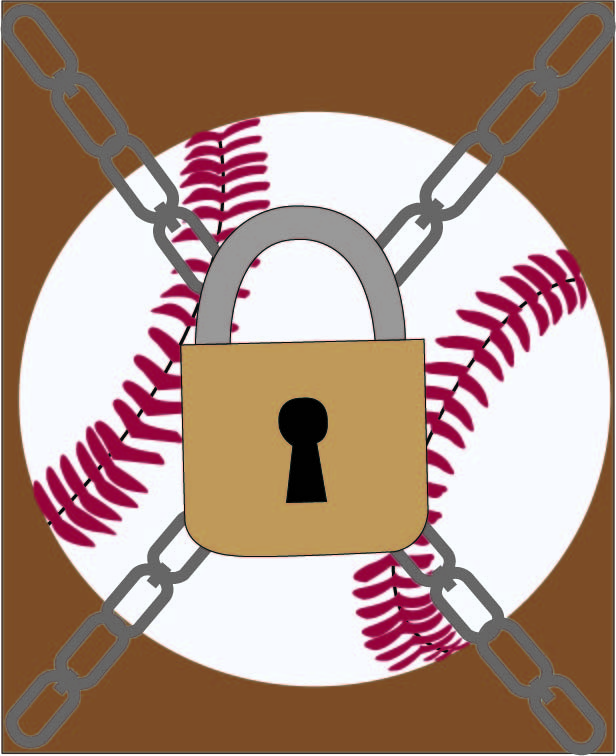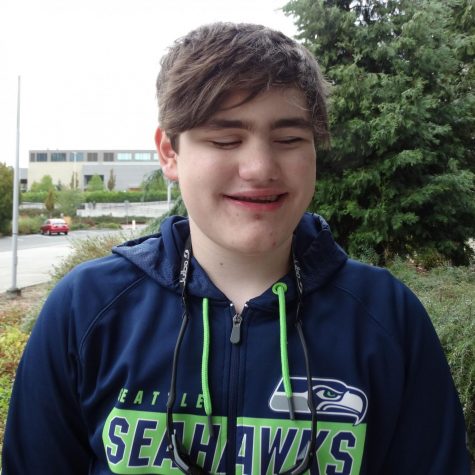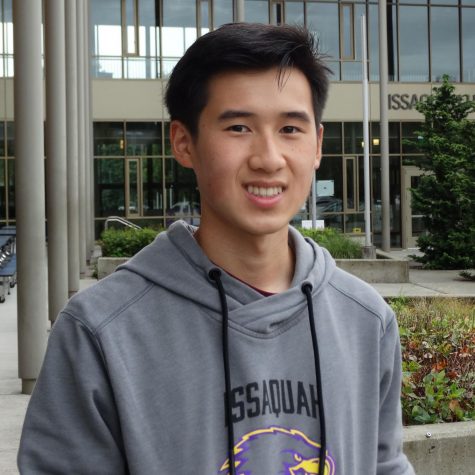The 2021-2022 MLB Lockout: Is It Worse than ’94?
April 18, 2022
On Aug. 12, 1994, disaster struck around Major League Baseball (MLB). The MLB Players Association had instituted a strike, which caused the cancelation of the rest of the 1994 regular season and postseason. The PA implemented this strike due to their failed negotiations with the owners. It went so far that the owners threatened to use replacement players, otherwise known as scabs, to play in the regular season. Unfortunately, Major League Baseball is in a similar situation right now.
On Dec. 1, the MLB ended a long, tenured labor peace between the MLB and the Players Association by instituting a lockout. They initiated this lockout due to the lack of negotiation on the Collective Bargaining Agreement (CBA) that needed to be agreed upon. A lockout, in baseball, is where the owners do not allow any baseball activity whatsoever to occur. Since it was instituted in the middle of the offseason, players and owners would not be missing paychecks unlike in the 1994-1995 strike. However, contact between players, only on the 40-man roster, and their respective clubs will still not be permitted. This means that there will be no trades, no MLB free agent signings, and no contract extensions. The players cannot even access the team’s training facilities or receive assistance whatsoever from coaches. However, the lockout will not affect the beginning to the 2022 Minor League season, and Minor League free agents are permitted to sign with teams as well. This lockout was put in place to accelerate the negotiation process, by putting more pressure on the players to make a deal before the beginning of the 2022 campaign. The Commissioner of the MLB, Rob Manfred, said in a letter to fans “We hope that the lockout will jumpstart the negotiations and get us to an agreement that will allow the season to start on time.”
However, with Spring Training already supposed to have been underway, and the first two series of the year canceled, there is a lot of skepticism from fans that the regular season will begin sooner rather than later. Sophomore Cooper Cha states, “I am worried the season may be pushed back a while or not even happen at all.” Even though we are three months into the lockout, the players and owners have only just began meeting regularly. Before the middle of February, they had only met five or six times. They also had not met for over 43 days between the institution of the lockout and their first meeting. All of these factors have only added on to fans’ doubt. According to CBS Sports, there have also been some rumblings that the owners and players would both be willing to miss a good amount of regular season games to get a fair deal. However, they did say that they really hope it does not have to get to that point. Cha adds, “I cannot even imagine the backlash they would get if they do not make a deal after too long. They would just receive so much hate from everyone if they didn’t.” During Commissioner Rob Manfred’s press conference on Thursday, Feb. 10, he remarked that the players and league would need four weeks to prepare for the 2022 regular season. Since Opening Day was scheduled for March 31, the owners set a deadline for March 1 to allow for enough time for the players to get ready for the upcoming season. Because they passed this date with no deal, Rob Manfred has canceled the first two series of the Regular Season.
Now, what exactly are both sides asking for? The largest issue the players have been really pushing for is paying younger players quicker. Under the old CBA, it took players essentially three years to get to arbitration eligibility. When a player gets to this point, they have an opportunity to receive the paycheck they deserve, depending on play. Now, the players are asking for a pre-arbitration bonus pool based on the top 30 pre-arbitration eligible players based on Wins Above Replacement (WAR [a statistic that many take as the overall value of a player]). Up until this point, the owners have accepted this proposal for the pre-arb pool. However, they are extremely divided on how much money would be in this pool. The owners, as of Saturday, Feb. 12, have offered $15 million and the players have offered $100 million. Most recently, this number has risen to 25 million. Another issue is expanded playoffs, where the owners are asking for a14 team playoff and the players have proposed a 12-team playoff.
During the PA and owners’ meeting on the 12th, the owner’s new proposal increased the minimum salary up to $630,000, or offered to incorporate a tiered set salary from $615,000 for players with 0-1 years’ service time, $650,000 for 1-2 (one to two) years’ service time, and $725,000 for 2-3 years’ service time. The players, in a previous proposal, were asking for 775,000 for the minimum in 2022 for all players. Another issue the players have had is how the players claim the MLB has manipulated Minor League prospects’ service time. The players claim that the MLB was purposefully leaving them down in the Minors so they would not have to pay them as much if they called on them sooner. To appease the Players Association’s demands, the MLB offered to grant two draft picks if a minor league prospect finished in the top three in any major awards voting in multiple years. Through picks, clubs would now have an incentive to call up their top prospects. In turn, this also discourages service time manipulation by clubs. To add on, the competitive balance tax (CBT [a system where teams are penalized for spending past a threshold and transfers that money to smaller market clubs]) is yet another point of tension. The owners offered to raise the tax threshold to $214 million for 2022 and 2023, $216 million in 2024, $218 million in 2025, and $222 million in 2026. The most recent offer from the owners bumps that number to $220 million. However, the players previously offered $245 million in 2022 for the competitive balance tax threshold which remains well above the owners’ recent offer and have refused any number below $230 million. Despite the many divisions between the two sides, the players and owners have agreed on some issues. During Commissioner Rob Manfred’s press conference, he said that they had agreed on implementing a draft lottery, adding a universal Designated Hitter, and the removal of draft pick compensation for teams who have lost players due to free agency.
In late March 1995, U.S. District Court judge Sonia Sotomayor ended the players’ strike by granting an order to refuse the threat from the owners to use replacement players in the season. The order forced the MLBPA and the MLB to come to an agreement on a deal. And now, as we approach the beginning of the season with no deal and the first two series canceled, a deal needs to be made before more of the regular season is canceled. Some good news is that according to the New York Times, Manfred said, “I see missing games as a disastrous outcome for this industry, and we’re committed to making an agreement in an effort to avoid that.” Many fans are getting fed up at this point and refuse to take sides. We can only hope that Manfred sticks to his word and these two sides can come to an agreement for the love of the game and, most importantly, for the fans.



